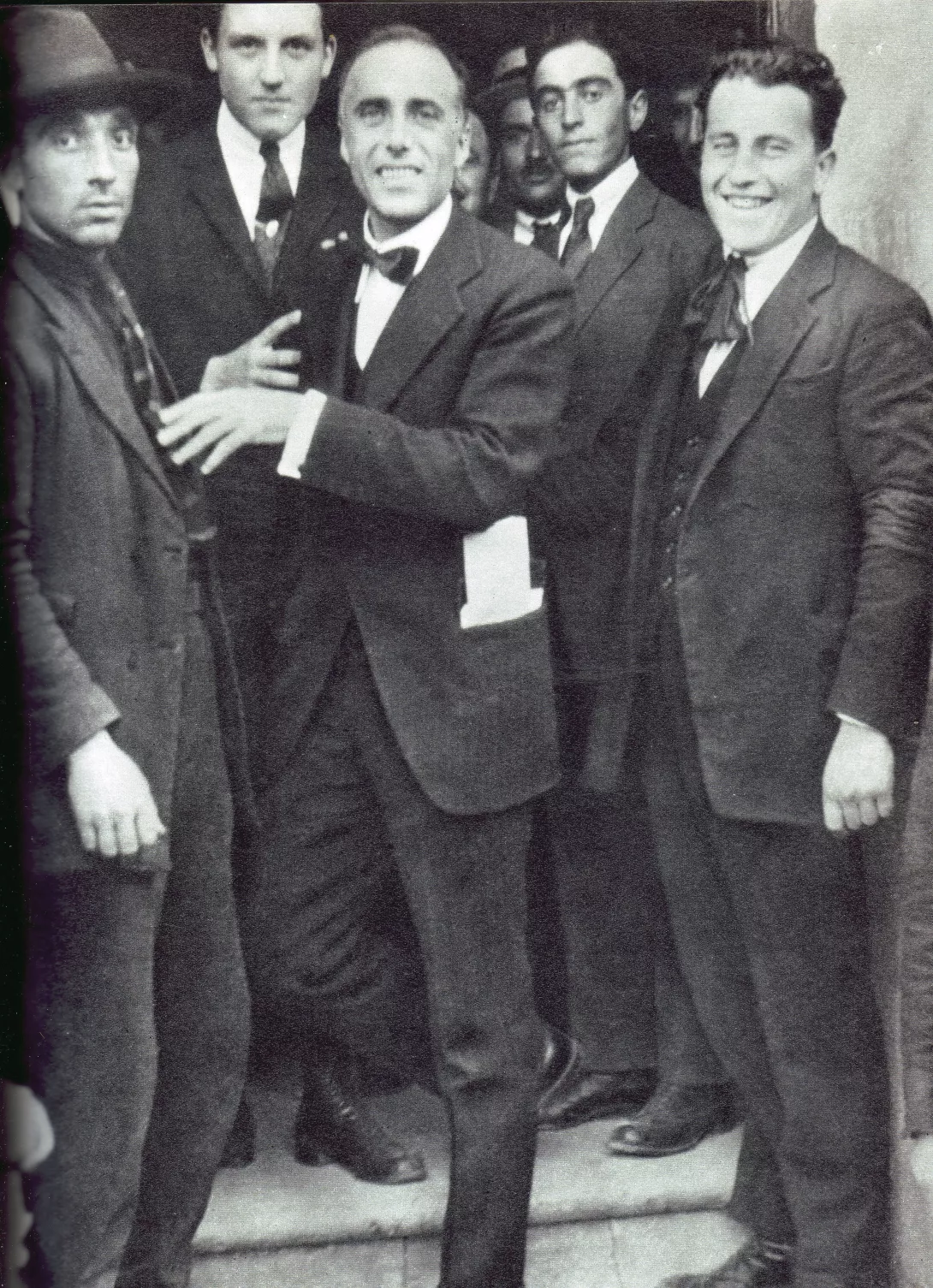The first fascists – and the first anti-fascists – in London 100 years ago
Historian ALFIO BERNABEI tells the remarkable story of how Sylvia Pankhurst and Silvio Corio railed against the fascist ‘camorra’ in Clerkenwell’s Little Italy in the aftermath of Mussolini’s seizure of power

IT WAS from their office near the British Museum at 98 Great Russell Street that 100 years ago the newly born branch of the Italian Fascist Party issued an invitation to a ball in the heart of London, the first such event in Britain.
The “Black Shirt Gala Ball” was to be held at the luxurious Cecil Hotel in the Strand on February 25 1923 “in aid of the fund for the fascista home in London.”
The eyecatching announcement in the Italian fascist weekly L’Eco d’Italia listed: DANCING from 8.30 P.M. (Evening Dress, Black Shirts for members of the Fascista Party), SUPPER at 10.30 P.M. and more DANCING TILL 3 A.M.
More from this author

ALFIO BERNABEI presents evidence that it was the Italian Socialist MP’s attempt – weeks before his death – to build an anti-fascist platform in Britain that cost him his life, as he vainly sought to prevent Italy from falling into dictatorship

ALFIO BERNABEI looks back to when emigrant Blackshirts openly paraded through London to Westminster Abbey, tolerated by the Tory government and accepted by much of the mainstream press as a legitimate political movement in power in Italy

ALFIO BERNABEI looks back 100 years to a key turning point in the emergence of fascism
Similar stories

ALFIO BERNABEI presents evidence that it was the Italian Socialist MP’s attempt – weeks before his death – to build an anti-fascist platform in Britain that cost him his life, as he vainly sought to prevent Italy from falling into dictatorship

TONY CONWAY finds contemporary relevance in a study of fascism’s first steps as a political ideology in the UK

ANGUS REID speaks to Mark Cousins about his documentary The March On Rome, commissioned in Italy, about Italian fascism then and now










